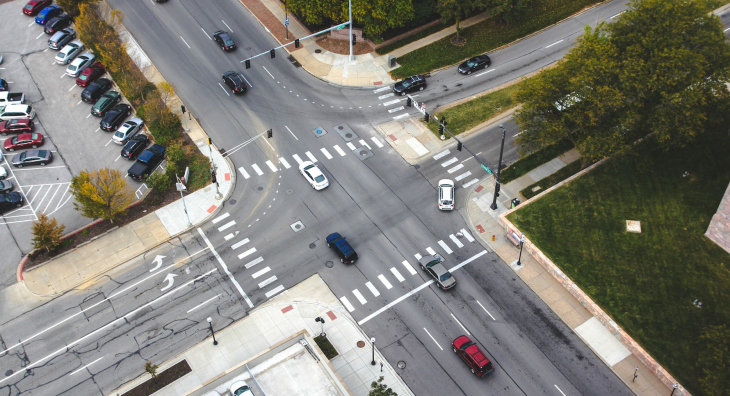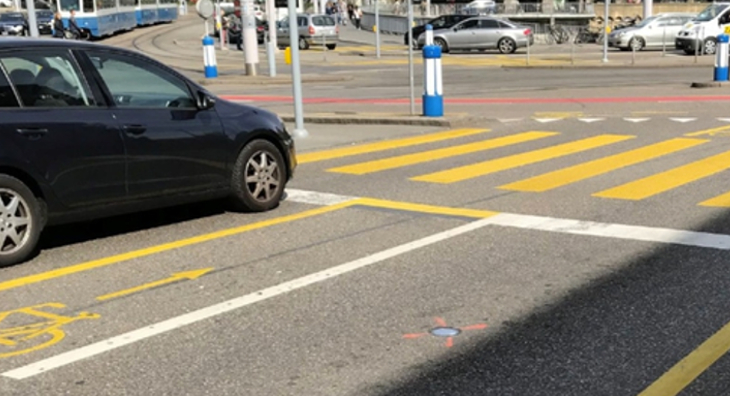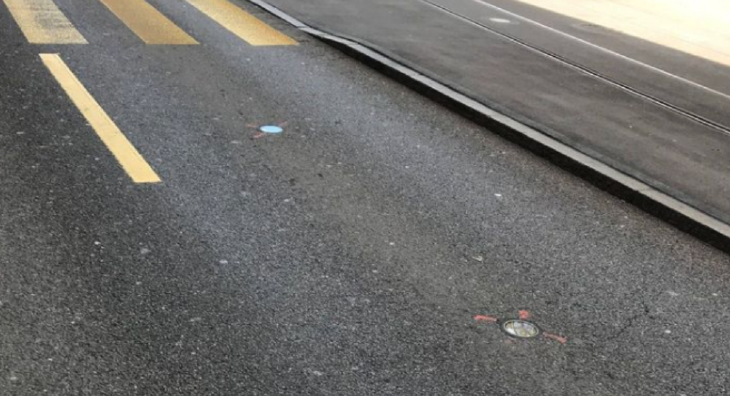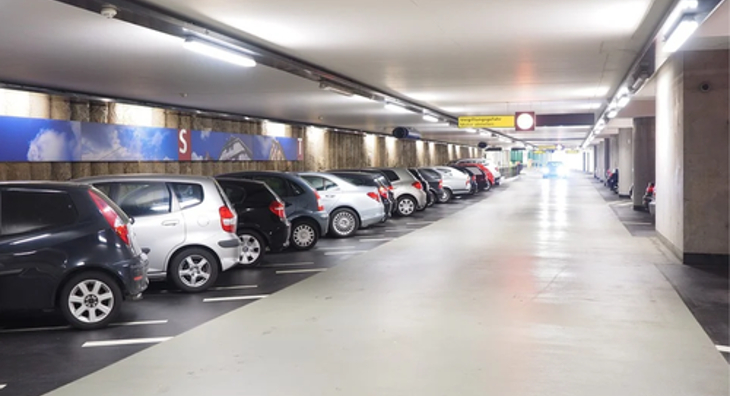Parking Management Technology from LTS briefly explained

The population on earth continues to increase, and urbanization is also advancing steadily. Both pose a major challenge to cities around the world. Traffic gridlocks are imminent in megacities such as London or Paris. Innovative solutions are needed to cope with the increased traffic volume. Our Parking Management Technology is one such solution.
How does Parking Management Technology solve the traffic problem?

Unsere Parking Management Technology stellt eine modulare Komplettlösung dar, die den Verkehrsbereich in eine digitale Zukunft überführt. Zu diesem Zweck kommen kabellose Bodenerfassungssensoren zum Einsatz – und zwar auf Strassen und Parkplätzen gleichermassen. Die Sensoren erfassen sowohl den bewegten Verkehr als auch parkende Autos.
So liefern sie zuverlässige Informationen darüber, wo das Verkehrsaufkommen gerade besonders hoch ist. Demzufolge können rasch entsprechende Massnahmen getroffen werden, beispielsweise das Schalten von Umleitungen oder das Freigeben weiterer Parkmöglichkeiten.
Beispielhaft sei das Szenario der Strassensperrungen zu nennen. Kann eine Spur plötzlich nicht mehr befahren werden, ohne dass die Verkehrsteilnehmer vorab darüber informiert werden, müssen sie umdenken. Oft bleiben sie mit ihrem Fahrzeug für einige Sekunden stehen. Sie brauchen einen Moment Zeit, bis sie eine neue Route im Kopf haben, und wenden dann ihr Fahrzeug.
Mit beiden Aktionen ziehen sie den Unmut anderer Autofahrer auf sich, denn diese müssen nun warten. Auch sie ändern im Anschluss ihre Fahrtrichtung, und schnell entsteht Chaos auf der Strasse. Mithilfe von TAPS Sensors wird dieses Problem umgangen. Dank verbundener digitaler Anzeigetafeln leiten die Betreiber den Verkehr einfach rechtzeitig um.
Dank der Sensoren können ausserdem Ampelphasen gesteuert werden. Sind Ampeln auf wenig befahrenen Strassen beispielsweise lange grün, im starken Gegenverkehr hingegen häufig rot, ist das wenig sinnvoll. Erkennen die Sensoren keinerlei Bewegung auf einer Strasse, bleiben die Ampeln auf Wunsch rot. So kann der Gegenverkehr von längeren Grünphasen profitieren.
The sensors also make it easier to find a parking space. They detect whether a parking space is occupied or not. Operators can inform drivers of this status even before they have entered the parking space or underground garage. In this way, road users save themselves a long drive around to find a space.
What are the advantages of Parking Management Technology?

Die Verkehrserfassung per Induktionsschleifen ist weit verbreitet. Allerdings ist diese Variante sehr energie- und auch kostenintensiv. Installations-, Instandhaltungs- und Betriebskosten sind beachtlich. Unsere Parking Management Technology stellt das genaue Gegenteil dar.
Unsere TAPS Sensoren sind die ersten ground sensors , die zu 100 Prozent energieautark arbeiten. Das regelmässige Austauschen von Akkus entfällt damit, genauso wie die Strassensperrungen, die damit einhergehen würden. Für diese wertvolle Energieunabhängigkeit sorgen spezielle Magnetfeld- und Radartechnologien.
Das Fehlen von Akkus macht die Sensoren sehr wartungsarm. Ein Aspekt, der ebenfalls dazu beiträgt, ist das robust konstruierte Gehäuse samt Sicherheitsglas. Dank dieser Bauweise sind die Sensoren sehr widerstandsfähig gegenüber Witterungseinflüssen.
Ein feuchter Boden macht ihnen nichts aus, denn sie halten einer Luftfeuchtigkeit von bis zu 100 Prozent stand. Auch Temperaturen zwischen minus 25 und plus 65 Grad Celsius können den Sensoren nichts anhaben. Dank all dieser Qualitätsmerkmale können sich die Nutzer auf eine zuverlässige Aktivität von mindestens zehn Jahren verlassen.
Erst nach Ablauf dieser Zeit werden Wartungsarbeiten fällig, denn dann müssen die Sensoren ausgetauscht werden. Damit einhergehende Strassensperrungen können im Vergleich zu Induktionsschleifen also drastisch reduziert werden. Doch nicht nur ihre Häufigkeit, sondern auch ihre Ausdehnung und Dauer fallen im Vergleich geringer aus.
TAPS Sensoren werden punktuell installiert, weshalb nur kleine Flächen im Boden geöffnet werden müssen. Die Sensoren weisen lediglich einen Durchmesser von 155 Millimeter auf, sind 46 Millimeter hoch und 1,5 Kilogramm schwer.
Using a crown drill, the entire process takes just 30 minutes per sensor. Finally, configuration and the installation of updates take place remotely without further disrupting traffic.
How exactly does Parking Management Technology work?
Unsere Sensoren sind in der Lage, Fahrzeuge ganz genau zu erfassen, und übermitteln die gesammelten Daten in Echtzeit. Dank dieser raschen Weitergabe von Informationen kann besonders schnell auf die aktuellen Bedingungen reagiert werden.
For example, if the data shows that a traffic jam imminent, drivers can be informed of this at an early stage thanks to connected traffic signs. Instead of driving toward the traffic jam anyway, they can choose an alternative route in good time and thus save a lot of time. This contributes significantly to the satisfaction of all road users.
TAPS sensors for various target groups

At LTS AG, we recommend our TAPS sensors to various stakeholders, including:





)
)